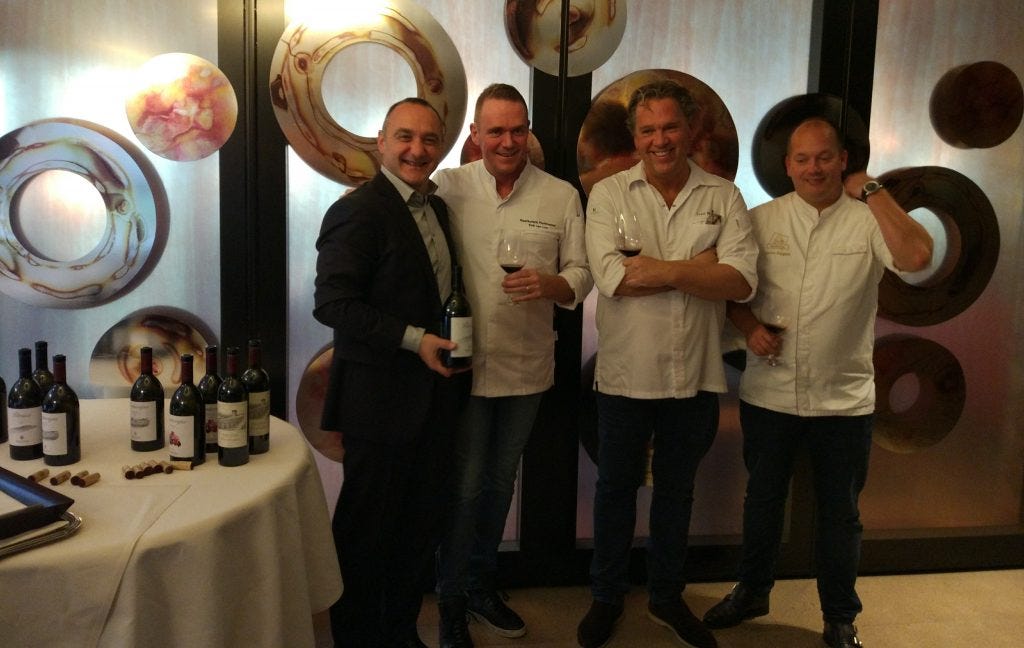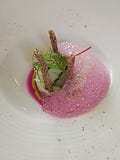Molto Forte biodynamics, mezzo-forte wine

Wineries can soak up a lot of money - as per the popular industry joke "How do you make a million in wine? Answer: Start with two million". The landscape is littered with vinous vanity projects created by wealthy industrialists, downsizing media tycoons or hollywood stars who can afford to blow fortunes on pipe dreams. Some endure, others don't. But nev…
Keep reading with a 7-day free trial
Subscribe to The Morning Claret to keep reading this post and get 7 days of free access to the full post archives.



